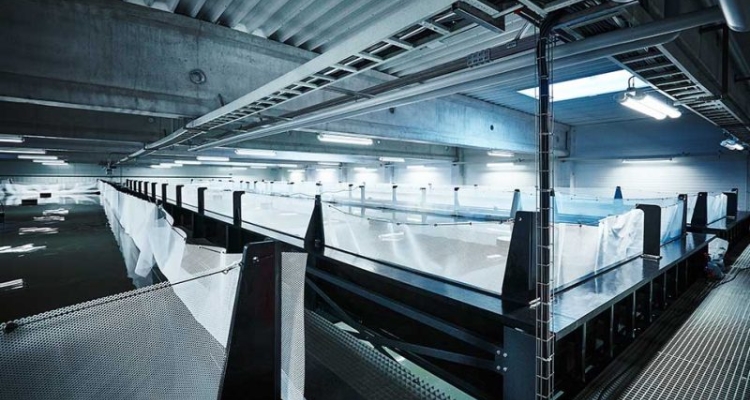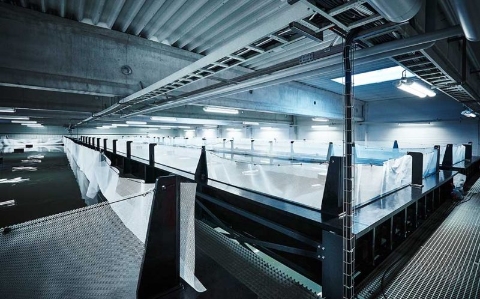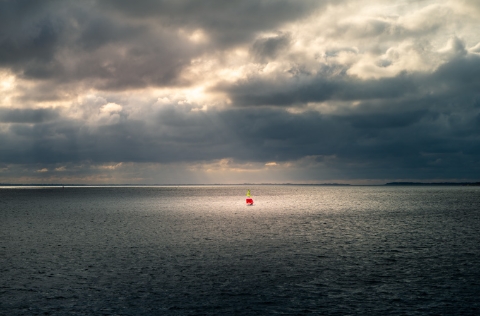
A recent study conducted by researchers at the Federal University of Santa Catarina, in Brasil, has confirmed that postlarvae of Pacific white shrimp (Litopenaeus vannamei) can be successfully reared at super-intensive stocking densities in closed recirculating aquaculture system (RAS) using clear water-meaning water without added biofloc or deliberately suspended solids. These findings show that high densities can be achieved without compromising water quality or shrimp performance, offering a promising route for inland shrimp production.
Published in Aquaculture International, the study demonstrated that shrimp postlarvae (from PL15 to PL35) could be reared at densities of up to 90,000 postlarvae cubic meter with a minimal water exchange rate of just 100% per hour, according to the authors.
These parameters can be used to raise the shrimp “without affecting animal growth, while still maintaining water quality parameters suitable for the species.”
Throughout the 20-day trial, water quality remained within optimal parameters, and survival rates showed no significant differences across treatments, ranging between 79% and 91%. However, final biomass was notably higher in tanks stocked at 90,000 postlarval cubic metre-particularly in those operated at the lowest water exchange rate, where average biomass reached 19.46 grams approximately.
The analysis also showed that while water flow influenced variables such as temperature, dissolved oxygen, ammonia and nitrite, all values remained within safe thresholds for shrimp. In contrast, stocking density emerged as the more influential factor in terms of growth metrics. As the authors noted, “density has a significant impact on final biomass, final weight of postlarvae, and daily growth coefficient”.
The study highlights the potential of clear-water RAS to support super-intensive shrimp production inland areas, where minimizing water use and effluent discharge is essential. By validating the feasibility of high-density rearing without compromising animal welfare or system performance, the research opens new doors for more sustainable and economically viable shrimp farming.



